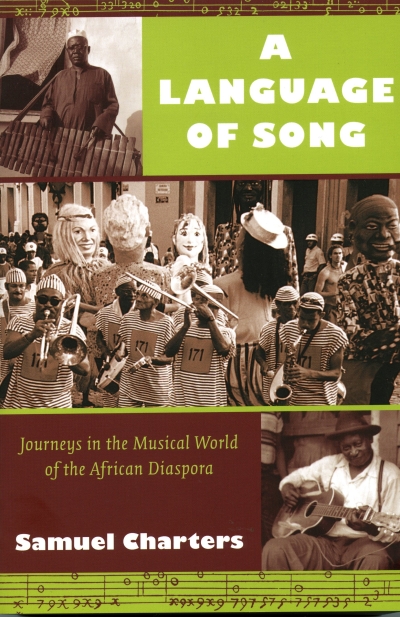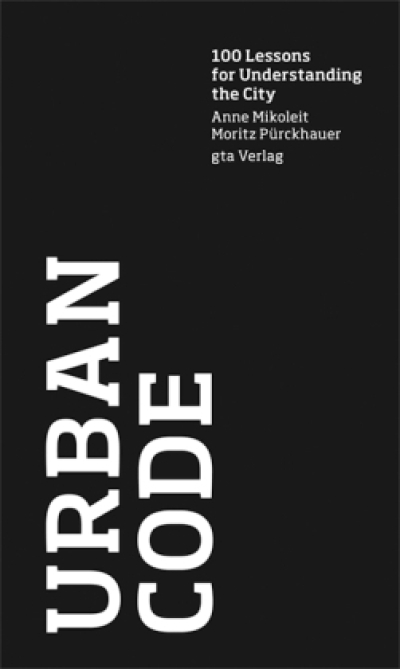
A Language of Song. Journeys in the Musical World of the African Diaspora
In "A Language of Song", Samuel Charters - one of the pioneering collectors of African American music - writes of a trip to West Africa where he found 'a gathering of cultures and a continuing history that lay behind the flood of musical expression [he] encountered everywhere... from Brazil to Cuba, to Trinidad, to New Orleans, to the Bahamas, to dance halls in west Louisiana and the great churches of Harlem'. In this book, Charters takes readers along to each of those places and others including Jamaica and the Georgia Sea Islands, as he recounts experiences from a half-century spent following, documenting, recording, and writing about the Africa-influenced music of the United States, Brazil, and the Caribbean. Each of the book's fourteen chapters is a vivid rendering of a particular location that Charters visited. While music is always his focus, the book is filled with details about individuals, history, landscape, and culture. In first-person narratives, Charters relates voyages including a trip to the St. Louis home of the legendary ragtime composer Scott Joplin and the journey to West Africa, where he met a man who performed an hours-long song about the Europeans' first colonial conquests in Gambia. Throughout the book, Charters traces the persistence of African musical culture despite slavery as well as the influence of slaves' songs on subsequent musical forms. In evocative prose, he relates a lifetime of travel and research, listening to brass bands in New Orleans; investigating the emergence of reggae, ska, and rock-steady music in Jamaica's dancehalls; and exploring the history of Afro-Cuban music through the life of the jazz musician Bebo Valdes. "A Language of Song" is a unique expedition led by one of music's most observant and well-travelled explorers.
"A Language of Song is an important work. Samuel Charters is a lovely writer, his observations and anecdotes are invaluable, and his background for writing this book perhaps unsurpassed among living writers. He has visited so many important places in the history of the music of the African diaspora during the last half century, and has always done so with great attentiveness and sensitivity." Ted Gioia, author of Work Songs and Healing Songs
"In this highly readable account, Samuel Charters takes us on a personal, guided tour of the many musical worlds touched by the African Diaspora. In a sensitive and revealing text, Charters portrays the real stars, often unknown to the general public, who have played a central role in melding a range of traditions, from ancient to modern, into new musical styles. Like Alan Lomax's, Charters's work has transcended genres and crossed the decades, laying the groundwork and providing inspiration for generations of scholars who have followed. This splendid book is a celebration of a lifetime of enthusiasms."-Richard Carlin, author of Worlds of Sound: The Story of Smithsonian Folkways
"From The Gambia to the Canary Islands, across the Atlantic to the American Deep South, New Orleans, St. Louis, Manhattan, down to the Bahamas, Trinidad, Jamaica, Cuba, and finally to Brazil. These were once staging grounds of the horrific African slave trade, which eventually became outposts of freedom and cultural and musical creativity. With beautiful, highly evocative prose, Samuel Charters describes a lifetime of tracing these routes and documenting the music that was created along them-blues, ragtime, jazz, zydeco, calypso, reggae, steel band, rumba, samba, and much more--music that has changed the way the world listens and dances."-David Evans, author of Big Road Blues: Tradition and Creativity in the Folk Blues

































































































